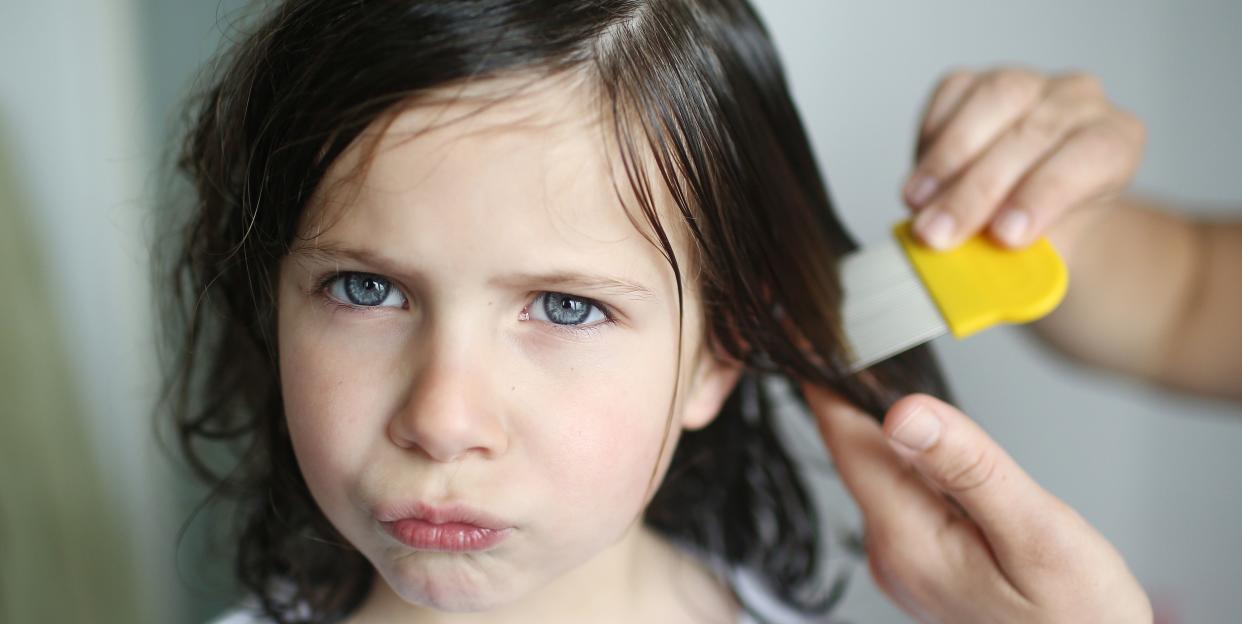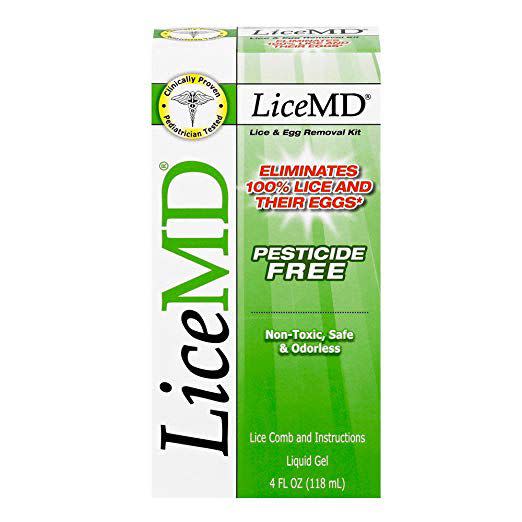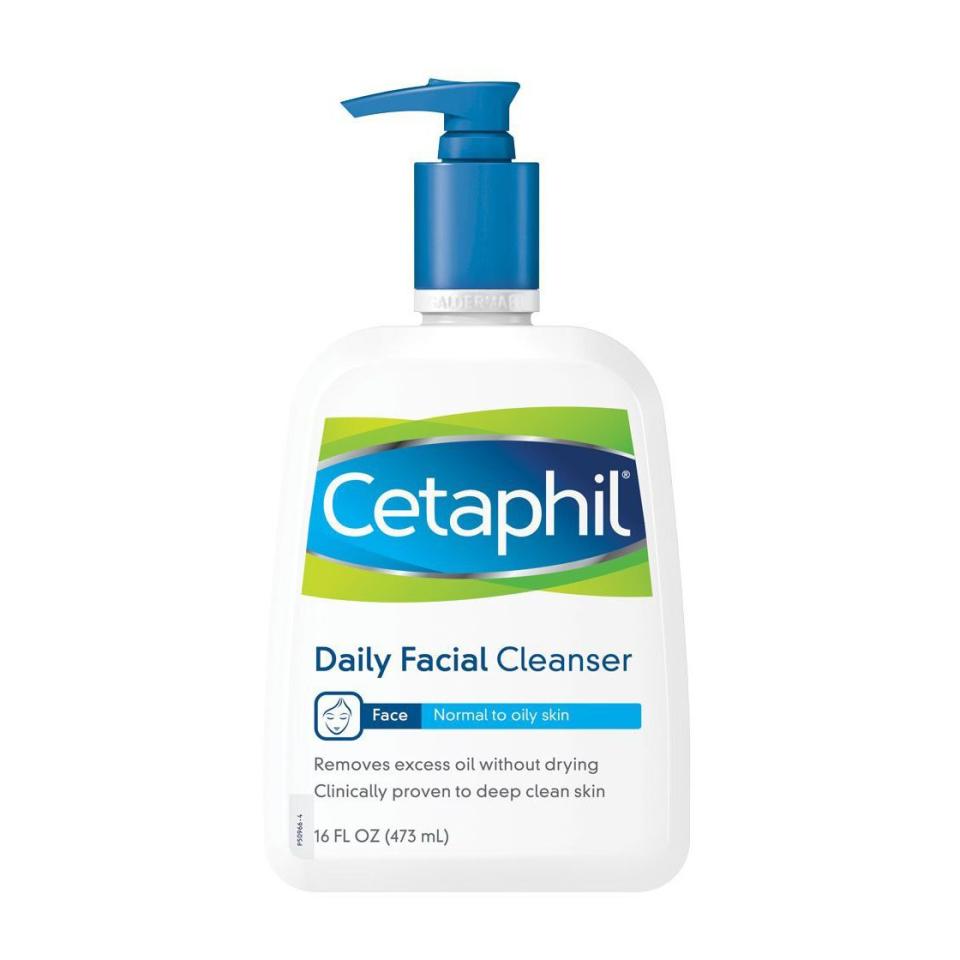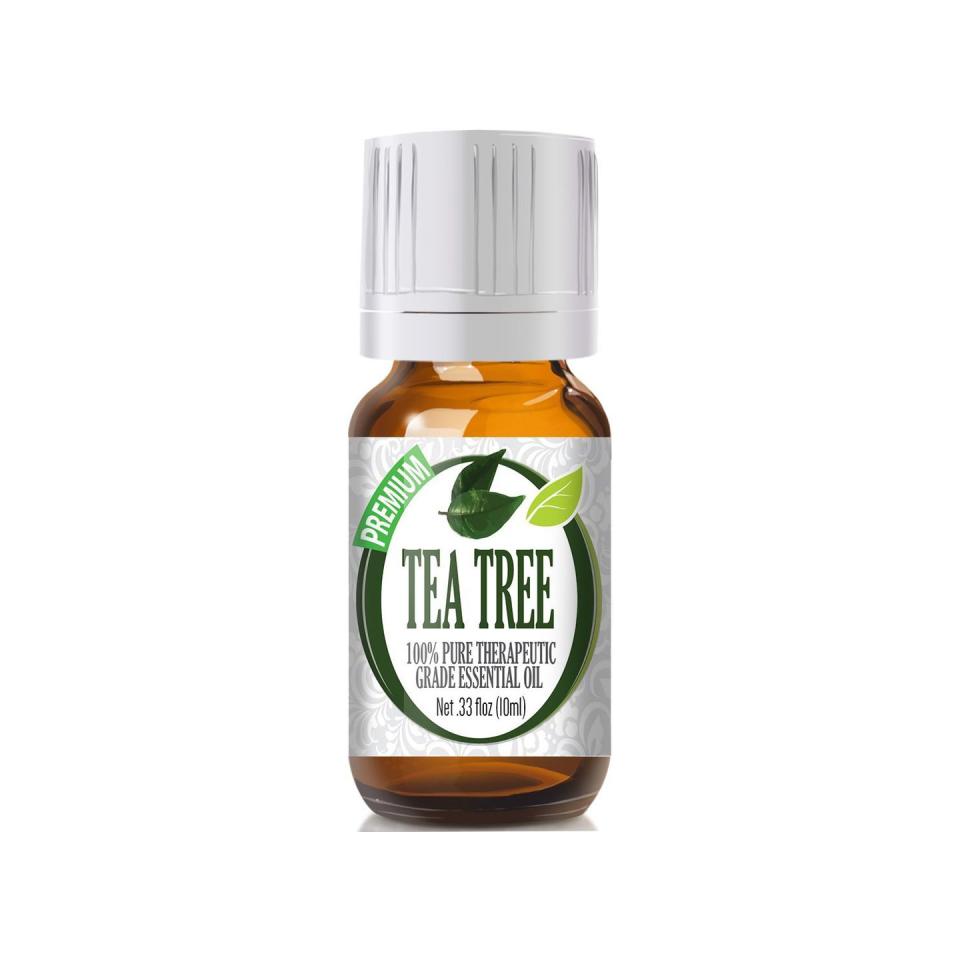How to Get Rid of Head Lice ASAP

Heads up: prime head lice season is nearly here. Scratch, itch, shudder.
The majority of lice outbreaks strike from September to October (although these pesky critters can crop up any time), and the Centers for Disease Control and Prevention (CDC) estimates that there are up to 12 million cases every year, with heading back to school likely to blame for the bug bonanza.
How do you get lice?
“Kids get lice because they are in close contact with each other,” says Anna Albano-Krosche, owner of The Lice Lady of Westchester, a natural head lice removal salon. Head lice infestations are so common at preschools and elementary schools because kids are more likely to have head-to-head contact when they play together.
A couple things that usually don't spread lice: contact with scarves, hats, and other clothing, and using the hair brush or comb of someone who's infected.
What do lice look like?
You may find lice in hair in three forms: nit (egg), nymph, and adult.
Nits are oval-shaped and about the size of a knot of thread, and attach themselves to the base of the hair shaft. They're difficult to spot, and often mistaken for dandruff, scabs, or dried hairspray. Nymphs are baby lice, and look like adult lice, but smaller.
Even full-grown adult lice are tough to spot-they're only about the size of sesame seeds, and they tend to blend in with your hair color as a survival mechanism.
Lice symptoms
If your child starts scratching her head, complaining of an itchy scalp that keeps her awake at night, or saying her head tickles, then she might have a case of lice.
Head lice treatments
“Lice are not dangerous-just annoying-but if you don’t treat them they’ll never go away,” says Albano-Krosche.
The facts of lice can be frustrating; treatments can be tedious, re-infestation is common, and the idea of insects crawling around your head is enough to tempt you to grab the strongest formula you can find. But get this: Choosing an all-natural option won’t just help with all of that-it actually might be the most effective plan. “Head lice have mutated and become resistant to many common chemical lice shampoos-the super lice are present in at least 47 states,” Albano-Krosche says. “Pesticide treatments are no longer effective in killing many strains of head lice.”
In need of a little lice advice? Below, experts share some of their go-to, non-toxic picks for beating the bugs.
All-natural lice shampoos
Albano-Krosche’s go-to method: “On the first day of treatment, get an all-natural lice treatment shampoo. Then do a thorough comb out with conditioner and a nit comb to remove all the dead lice and eggs.” The magic reason this works is because the enzymes in the formula break down the shell of the lice so they die on contact, and the insects can’t develop a resistance to them, Albano-Krosche adds. After a week, you may need to do a follow-up treatment since some microscopic nits may be too small to see the first go around. But don’t panic - it’s normal.
Olive oil
While there are a lot of home remedies floating around on the internet, you can’t reach for just anything in your kitchen or bathroom cabinet (vinegar, mouthwash, and alcohol don’t work, Albano-Krosche says). But there is a common cooking staple that does do the trick: One of the most effective treatments is olive oil, says Albano-Krosche. “You douse your head with olive oil and leave it on for eight hours,” she says. “It suffocates the bugs.”
LiceMD

Not everything in the drugstore aisle is a no-go. “Lice MD has been proven to work as well, if not better, than conventional pesticide-based treatments,” says Lawrence Rosen, MD, founder of the Whole Child Center in Oradell, NJ, and author of Treatment Alternatives for Children. A study published in BMC Pediatrics also found the pesticide-free and non-toxic formula to be highly effective at not only getting rid of lice - but preventing them from appearing again a few days later.
The Nuvo method with Cetaphil

Another way to suffocate lice is using the Nuvo method. A study published in the journal Pediatrics found that 96 percent of children were cured of their lice infestation using only Cetaphil Gentle Skin Cleanser - no poisons or pesticides. Here’s how it works: When your child’s hair is wet, you cake on the cleanser and it dries like shrink wrap. The process prevents lice from being able to breathe. Then once the hair and lotion is dry, you can run a brush through it and style however you want.
Tea tree oil

While there isn’t an infestation of studies, one published in Parasitology Research found that tea tree oil was effective in ridding itchy heads of the bugs. The research found that when a one-percent tea tree oil solution was applied to the scalp, it killed 100 percent of lice within 30 minutes. If you do plan on giving this option a try, put a drop of the oil on the back of your child’s neck first to make sure he or she doesn’t have an allergic reaction.
AirAllé
There’s a hot new method to kill lice (no, we’re not talking about pulling out your hair dryer, which would burn your scalp before getting to a high enough temperature to toast the bugs). AirAllé blasts your head with heated air, and can kill lice in a single treatment. The downside is that treatments can be expensive (up to $250, although you may be reimbursed if you have a flexible-spending account) and have to be done at a certified facility. While some studies show it to be up to 95 percent effective, some skeptics aren’t as convinced
You Might Also Like

